The Victorian era (roughly 1837-1901) is often associated with strict social codes, particularly surrounding death and mourning. While we often picture black dresses and somber faces, the details – especially the material used to express that grief – are far more fascinating and scientifically grounded than many realize. Mourning crepe, a specific type of fabric, wasn’t just a stylistic choice; it was a carefully considered material reflecting advancements in textile production, a complex system of social signaling, and even a subtle understanding of the psychological impact of texture and appearance. This article delves into the surprisingly consistent science of Victorian mourning crepe, exploring its fabric construction, the evolving fashions dictating its use, and how it served as a tangible expression of grief.
The Fabric Itself: From Silk to Artificial Crepe
Originally, crepe (or crêpe) was a silk fabric known for its distinctive crinkled or pebbled texture. This texture wasn’t accidental. It was achieved through weaving silk with tightly twisted yarns, creating a puckered surface. This original silk crepe was expensive and therefore reserved for the wealthiest mourners. However, the Victorian demand for mourning crepe, fueled by high mortality rates (particularly infant mortality) and increasingly formalized mourning rituals, quickly outstripped the supply of silk. This created a demand for more affordable alternatives.
The solution lay in the development of artificial crepe. Initially, this involved treating silk with chemicals to enhance the crepe effect, making it appear more pronounced and using less raw silk. However, the truly revolutionary step came with the advent of viscose rayon in the late 19th and early 20th centuries. Viscose rayon, derived from wood pulp, allowed for the mass production of crepe-like fabrics at a fraction of the cost of silk. While not identical to silk crepe in its drape or sheen, viscose rayon provided a suitable substitute, democratizing mourning attire. The chemical processes involved in creating these early rayon fabrics were themselves a testament to the burgeoning chemical industry of the time, demonstrating a surprisingly consistent application of scientific principles to meet a societal need.
The texture of crepe itself – the crinkled surface – wasn’t merely aesthetic. The uneven surface diffused light, reducing shine and creating a subdued, matte appearance. This was crucial in Victorian mourning, where ostentatious displays were frowned upon. The lack of sheen conveyed humility and sincerity in grief, visually representing the inner state of sadness.
The Evolution of Mourning Fashion: A Detailed Timeline
Victorian mourning wasn’t a monolithic experience. The rules governing what was worn, for how long, and by whom evolved significantly throughout the era. These rules were disseminated through publications like The Englishwoman’s Domestic Magazine and etiquette books, creating a surprisingly consistent set of expectations across social classes (though affordability dictated the degree to which these expectations could be met).
Early Victorian (1837-1860s): Full mourning was incredibly strict. Widows were expected to wear black crepe for at least a year and a day, sometimes extending to two or more years. This included black crepe dresses, bonnets, veils (often made of multiple layers of crepe), gloves, and boots. Jewelry was typically avoided, or if worn, it had to be made of jet (a black fossilized wood) or black enamel. Men wore black suits, crepe armbands, and black gloves. The sheer volume of crepe used was remarkable, signifying the depth of the loss. This period saw the peak use of true silk crepe.
Mid-Victorian (1860s-1880s): While still strict, mourning practices began to subtly relax. The introduction of artificial crepe made it more accessible, and the duration of full mourning might be shortened slightly, depending on the relationship to the deceased. ‘Second mourning’ – a less severe stage involving fabrics like bombazine (a wool fabric with a matte finish) and black silk – began to emerge as a transition phase. The use of crepe gradually shifted from entire garments to trims, flounces, and embellishments. The style of dresses also evolved, becoming less voluminous and more streamlined.
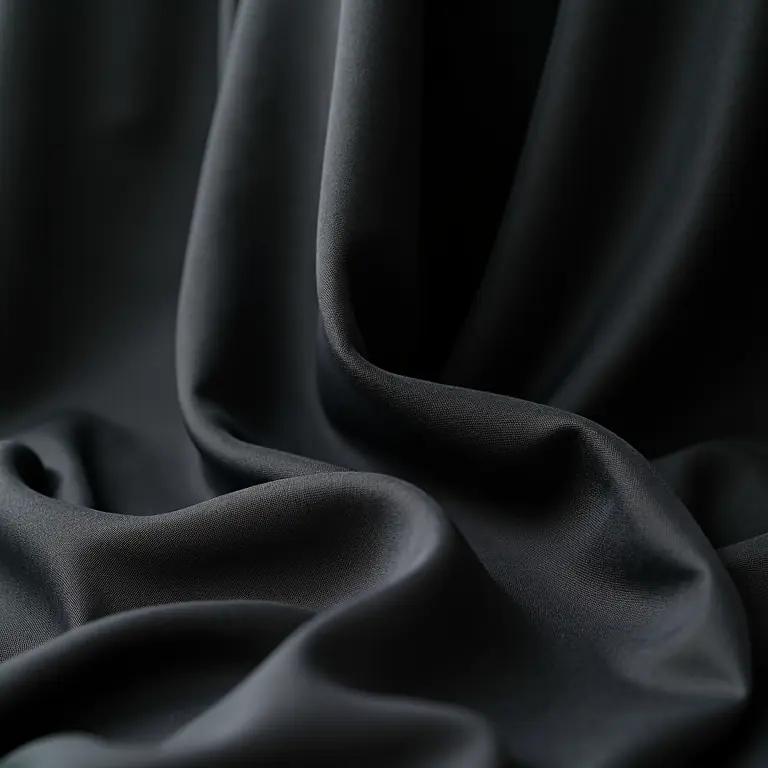
Late Victorian (1880s-1901): Mourning fashion became more nuanced and differentiated. ‘Ordinary mourning’ – a stage where shades of grey, lavender, and mauve were permitted – allowed for a gradual re-entry into social life. The use of crepe became more symbolic, often reserved for accessories like veils, collars, and cuffs. The rise of Art Nouveau influenced mourning jewelry, with flowing lines and nature-inspired motifs rendered in jet or black enamel. The widespread availability of viscose rayon dramatically altered the crepe landscape, making it affordable for almost everyone. The increasingly complex rules were often satirized in popular culture, hinting at the burden they placed on individuals.
The Science of Social Signaling: Crepe as a Visual Language
Victorian mourning wasn’t simply about personal grief; it was a highly public performance. The clothing worn served as a visual language, communicating the wearer’s relationship to the deceased, the length of time that had passed since the death, and their social standing. Crepe, with its distinct texture and color, was a key element of this visual language.
The very *texture* of crepe sent a message. The crinkled surface conveyed a sense of fragility and vulnerability, mirroring the emotional state of the mourner. The matte finish, as previously mentioned, signaled humility and sincerity. The weight of the fabric itself – particularly the heavier silk crepes – could be physically burdensome, adding to the impression of suffering. This wasn’t accidental; the deliberate choice of materials contributed to the overall performance of grief.
Furthermore, the *amount* of crepe worn was significant. A widow in full mourning would be almost entirely enveloped in black crepe, visually demonstrating the magnitude of her loss. As time passed and the mourning period progressed, the amount of crepe would gradually decrease, signaling a gradual return to normal life. This staged reduction in crepe was a carefully calibrated process, governed by social expectations and observed by others.
The consistency of these signals is remarkable. Across different social classes and regions, the basic principles of mourning dress remained relatively constant, demonstrating a shared understanding of the visual language of grief. This consistency suggests a deeply ingrained cultural code, reinforced by social pressure and a desire to conform.
Psychological Impact: Texture, Color, and the Experience of Grief
Beyond its social function, mourning crepe also had a psychological impact on the wearer. The color black is often associated with sadness, loss, and death, and its pervasive use in mourning attire likely reinforced these emotions. But the *texture* of crepe is equally important.
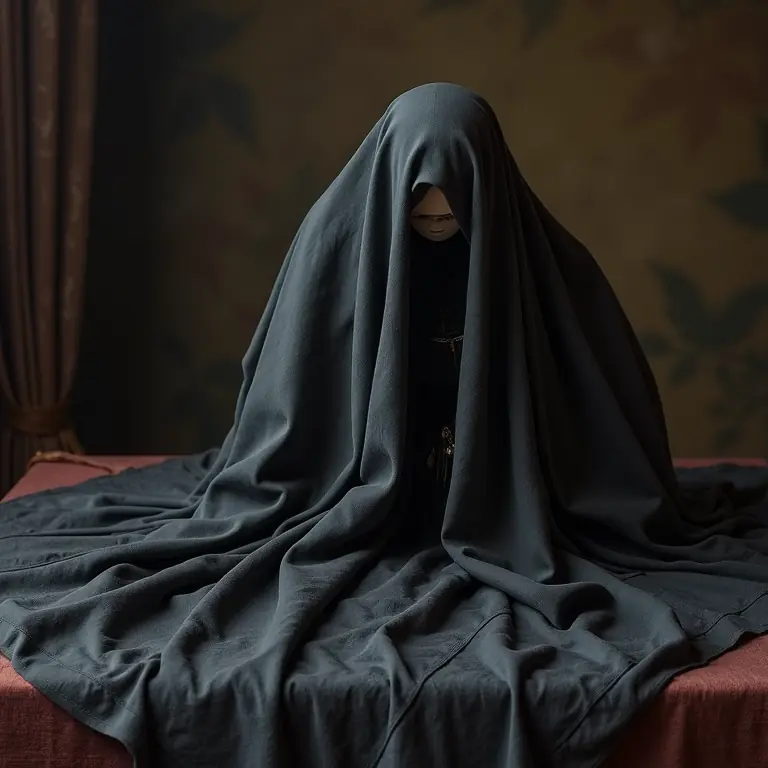
The crinkled surface of crepe is tactilely engaging. It’s a fabric that begs to be touched, and the sensation of running one’s hand over it can be both comforting and melancholic. This tactile quality may have provided a subtle form of self-soothing, allowing mourners to physically connect with their grief. The slightly rough texture can also be interpreted as a physical manifestation of inner turmoil, providing a tangible representation of emotional pain.
Furthermore, the draping qualities of crepe – its tendency to hang and flow – can create a sense of enclosure and protection. The heavy fabrics used in mourning attire could feel like a cocoon, shielding the wearer from the outside world. This sense of physical and emotional protection may have been particularly important for widows, who were often isolated and vulnerable after the death of their husbands.
The consistent use of these materials wasn’t simply tradition; it may have been a subconscious recognition of their psychological effects, contributing to the process of grieving and providing a sense of comfort during a difficult time.
Crepe Beyond Clothing: Accessories and Interior Decoration
The influence of mourning crepe extended beyond clothing. It was used extensively in accessories such as veils, fans, and parasols. Veils, in particular, were a crucial element of mourning attire, often made of multiple layers of black crepe to obscure the face and convey deep sorrow. The act of veiling oneself was a symbolic gesture of withdrawal from society and a visible expression of grief.
Furthermore, mourning crepe was incorporated into interior decoration. Black crepe was used to drape furniture, mirrors, and even portraits of the deceased. Rooms were often darkened and subdued, creating a somber atmosphere that reflected the mood of the household. The use of crepe in interior decoration extended the visual language of mourning into the domestic sphere, reinforcing the sense of loss and creating a space for remembrance. This echoes the principles seen in other areas of Victorian design, where consistency and symbolism were paramount. For a look at consistency in design, consider the science behind antique compass design.
The Legacy of Mourning Crepe
While the strict rules of Victorian mourning have largely faded, the legacy of mourning crepe continues to resonate today. The association of black clothing with mourning remains strong, and the use of crepe-like fabrics in contemporary fashion often evokes a sense of solemnity and sophistication.
Moreover, the story of mourning crepe provides valuable insights into the intersection of fashion, science, and social history. It demonstrates how a seemingly simple fabric can be imbued with complex meanings and how material culture can reflect and shape our understanding of grief. The evolution of crepe production, from expensive silk to affordable viscose rayon, showcases the ingenuity of Victorian inventors and the transformative power of industrial innovation. The consistent application of social signaling through attire highlights the importance of conformity and the desire for social cohesion.
The story of mourning crepe is a reminder that even in the face of death, humans strive to find meaning and create order. The meticulous rules governing mourning attire, the careful selection of materials, and the symbolic use of texture and color were all part of a larger effort to cope with loss and navigate the complexities of grief. The Victorian obsession with mourning, and the central role of crepe within it, offers a fascinating window into a bygone era and a surprisingly consistent reflection of the human condition.
If you’re interested in the hidden meanings within everyday objects, you might also find the logic of antique puzzle jugs fascinating, or perhaps the stories embedded in the etymology of place names. And if you enjoy exploring how science underlies artistic endeavors, take a look at the science of vintage spectacle frames and historical weather vanes.
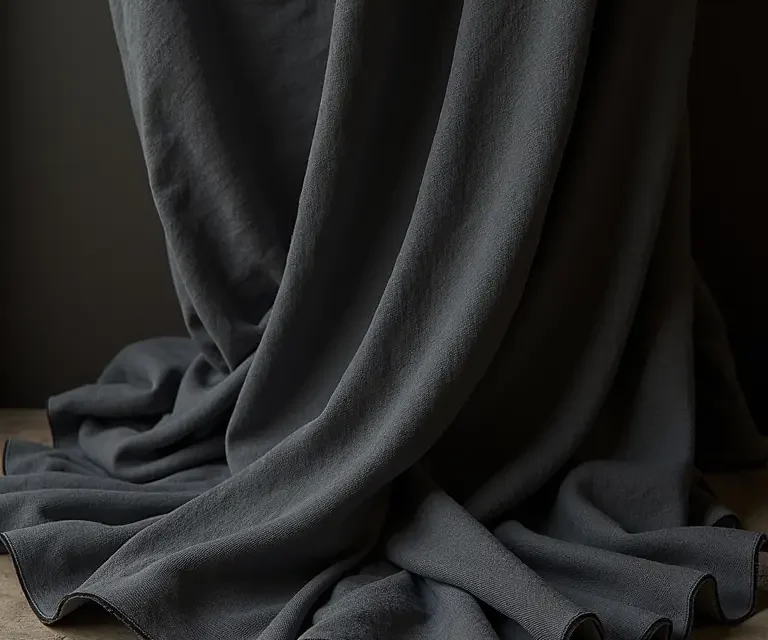

 The Surprisingly Consistent Symbolism of Antique Fans – Language, Status & Victorian Courtship
The Surprisingly Consistent Symbolism of Antique Fans – Language, Status & Victorian Courtship 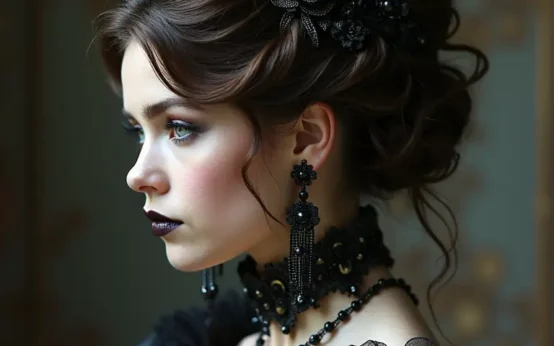 The Surprisingly Consistent Art of Victorian Hairwork: Mourning, Memory, and Intricate Craftsmanship
The Surprisingly Consistent Art of Victorian Hairwork: Mourning, Memory, and Intricate Craftsmanship  The Surprisingly Consistent Symbolism of Antique Mourning Jewelry: Tokens of Remembrance & Victorian Grief
The Surprisingly Consistent Symbolism of Antique Mourning Jewelry: Tokens of Remembrance & Victorian Grief 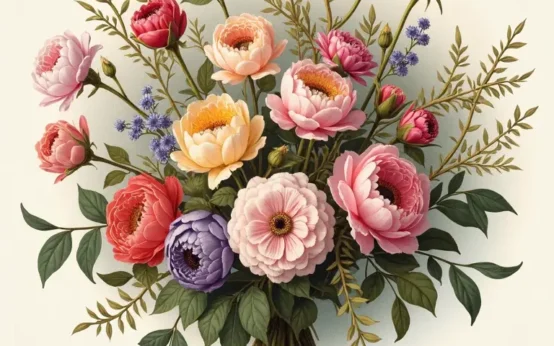 The Hidden Language of Flowers: Victorian Floral Communication & Its Modern Echoes
The Hidden Language of Flowers: Victorian Floral Communication & Its Modern Echoes